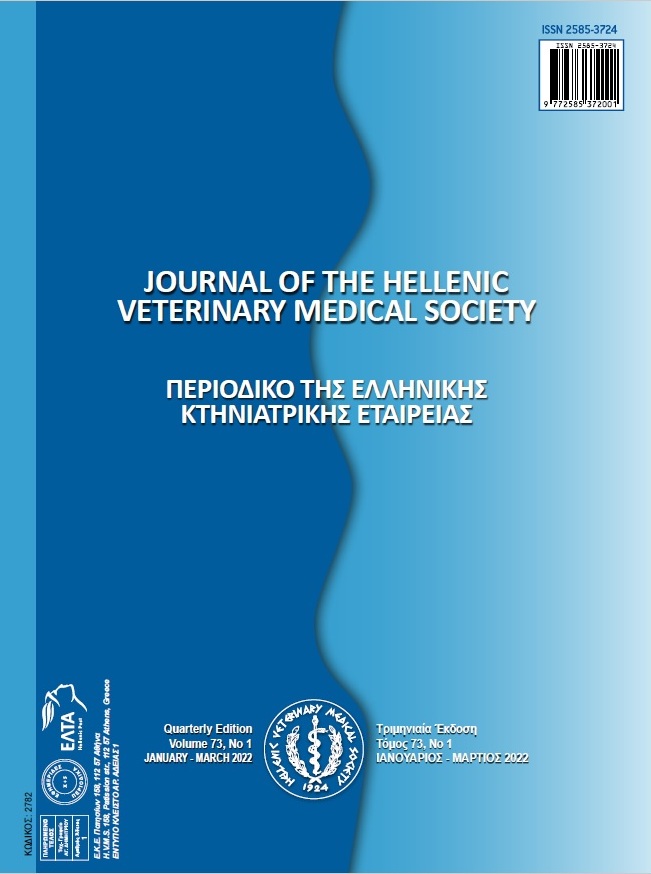The biological potential of a product containing Pythium oligandrum against Uncinaria stenocephala (Railliet, 1884) larvae

Abstract
Pythium oligandrum is an oomycete commonly used in the biological control of plant and vegetable pests. In veterinary medicine is used to treat dermatophytosis produced by Microsporum canis. It acts as an antagonist, negatively influencing the development of other fungi. Through hydrolytic enzymes, such as kinase and cellulase, it destroys the cell wall and the internal cytoplasmic content. Many fungi are considered nematophagous. This potential has not been exploited for Pythium oligandrum, which is why in this study the potential larvicidal action against Uncinaria stenocephala larvae was investigated.
Ecosin® product, which contains P. oligandrum and other excipients, was used. A solution was prepared according to manufacturer. The Uncinaria stenocephala larvae were exposed to this substance and the action was investigated after 7 days. The results obtained showed 37.23% larval reduction.
Being an eco-friendly product, further studies are needed to improve the protocol for its use in cleaning spaces and surfaces in veterinary clinics, where various parasitic forms (larvae or eggs) are found.
Article Details
- How to Cite
-
Luca, I., Imre, M., Ilie, M. S., Oprescu, I., & Dărăbuş, G. (2022). The biological potential of a product containing Pythium oligandrum against Uncinaria stenocephala (Railliet, 1884) larvae. Journal of the Hellenic Veterinary Medical Society, 73(1), 3651–3656. https://doi.org/10.12681/jhvms.25380
- Issue
- Vol. 73 No. 1 (2022)
- Section
- Research Articles

This work is licensed under a Creative Commons Attribution-NonCommercial 4.0 International License.
Authors who publish with this journal agree to the following terms:
· Authors retain copyright and grant the journal right of first publication with the work simultaneously licensed under a Creative Commons Attribution Non-Commercial License that allows others to share the work with an acknowledgement of the work's authorship and initial publication in this journal.
· Authors are able to enter into separate, additional contractual arrangements for the non-exclusive distribution of the journal's published version of the work (e.g. post it to an institutional repository or publish it in a book), with an acknowledgement of its initial publication in this journal.
· Authors are permitted and encouraged to post their work online (preferably in institutional repositories or on their website) prior to and during the submission process, as it can lead to productive exchanges, as well as earlier and greater citation of published work.


